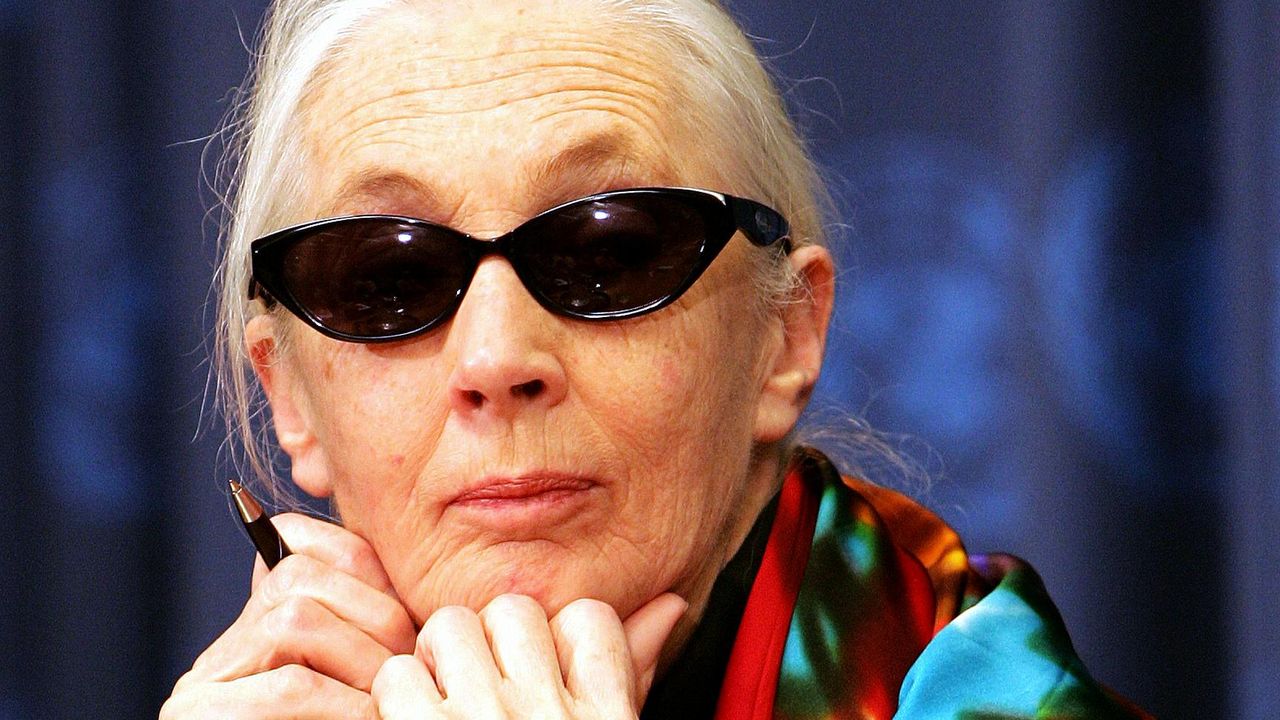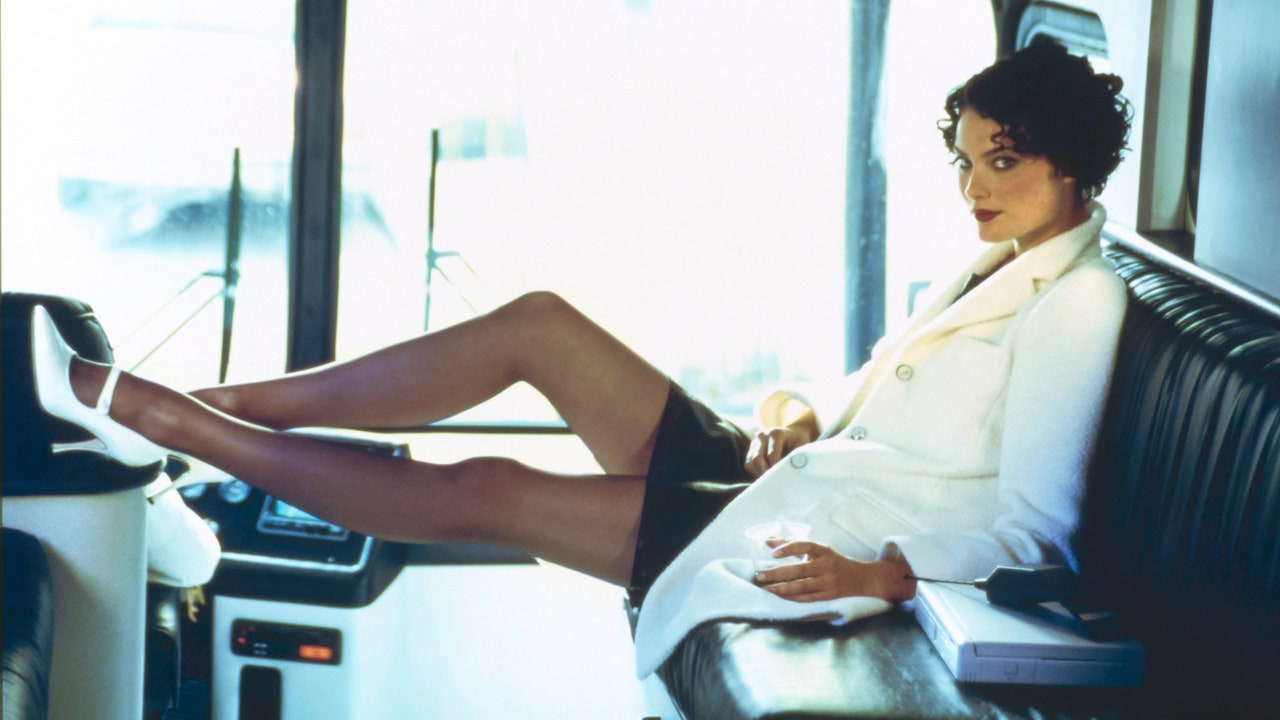On Wednesday, October 1, the Jane Goodall Institute introduced that Goodall—the British-born primatologist, anthropologist, zoologist, and writer—had died in her sleep whereas visiting California for work. She was 91.
Twenty years in the past, Alexandra Fuller met with Goodall in Seattle to debate her childhood in England, her groundbreaking analysis in Tanzania as a younger girl, and her rigorous touring and talking schedule in her 70s—work that Goodall described as what she “was despatched to do.” Revisit that story, from Vogue’s August 2005 situation, proper right here.
Within the flesh, Dr. Jane Goodall, Dame of the British Empire, appears precisely as you’ll anticipate, solely extra so—a uncommon expertise with individuals whose pictures are doggedly repeated in images or on screens. Hers just isn’t a face aching to look many years youthful than it’s (a chemically or surgically altered look that Goodall describes as “clean, vacuous, nothing inside”) however fairly the face of a girl who’s frankly and unconsciously at house in her (excellent) pores and skin. The ponytail is her trademark—a easy, nearly impatient gesture—thick, silver hair pulled again right into a no-nonsense clasp on the nape of her neck. Her face emerges unimpeded: darkish eyes tucked beneath mildly stunned brows, outstanding cheekbones, an upturned nostril (despite its proprietor’s egalitarian views), and a small, resolute jaw.
After I spoke along with her lately she had come to relaxation, briefly, in the home of her good friend and colleague Gary McAvoy, on the outskirts of Seattle. I had caught her within the midst of a multistate, months-long tour of North America, and her voice—delicate with an upper-middle-class English accent—was skinny with all of the lecturing she had completed. “I’m afraid I’ve to put it aside for the crowds,” she apologized, hand at her throat. On at the present time, she was sporting a crimson wool turtleneck sweater, blue denims, brown moccasins, and darkish glasses to guard her eyes from the glare of a brightly lit day. Behind her a windowsill looking to the Puget Sound was vibrant with flowering orchids, and past that McAvoy’s backyard was rapturous with spring. Goodall and McAvoy have simply coauthored a e book, Harvest for Hope (to be printed by Warner this fall), concerning the significance of selecting to eat responsibly grown meals. McAvoy’s backyard displays a correspondingly cautious use of land, full with native shrubs and younger, grafted apple timber, about which Goodall jokingly admonished McAvoy, “Oh, Gary, you didn’t torture the poor issues, did you?”
In 1964 Jane Goodall was described by The New York Instances as “fragile and blonde, with enormous inexperienced eyes… she appears as if she needs to be pouring tea or watering the roses as a substitute of prowling the bush.” Which is nonsense, she instructed me: “There’s nothing fragile about me.” She has, she mentioned, the structure of “previous boots.”


